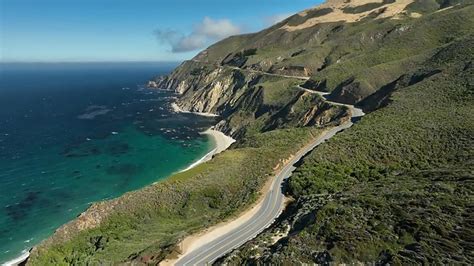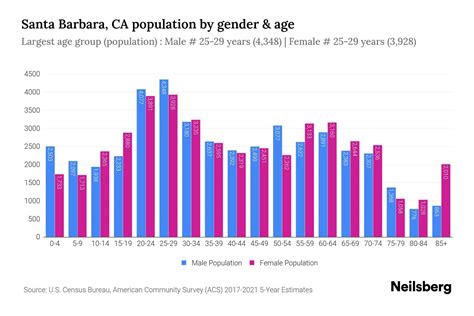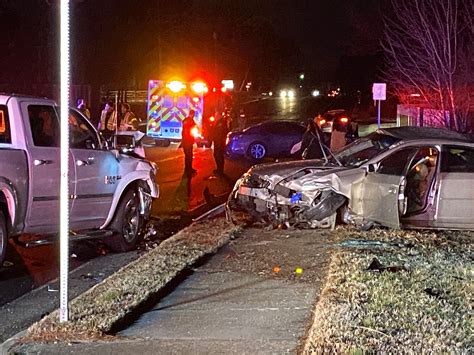The stunning Big Sur coastline, known for its rugged natural beauty and breathtaking vistas, has been a popular destination for travelers and nature enthusiasts alike. However, in recent years, this iconic stretch of Highway 1 has faced numerous challenges, including devastating wildfires, heavy rainfall, and resultant landslides. One of the most significant disruptions to this scenic route has been the closure of Highway 1 due to damage from these natural events. In this article, we will delve into the history of the closure, the causes behind it, and what the future holds for this beloved highway.
Historical Context: The Evolution of Big Sur’s Highway 1
Highway 1, also known as the Pacific Coast Highway, has been a vital transportation artery along the California coast since its construction in the 1930s. The segment that runs through Big Sur, with its steep cliffs, hidden beaches, and redwood forests, is particularly renowned for its dramatic scenery. Over the years, the road has faced various challenges, including maintenance issues, rockfalls, and, more recently, the impacts of climate change.
The Onset of Closures: Wildfires and Rainfall
The series of events that led to the closure of Highway 1 began with the Soberanes Fire in 2016, a massive wildfire that burned for months, damaging the landscape and destabilizing the earth. This was followed by heavy rainfall in 2017, which triggered mudslides and further eroded the terrain. The consequences were severe: portions of the highway were undermined, and in some areas, the road literally sank into the ocean. The most notable damage occurred at Mud Creek, where a massive landslide added 15 acres of new land to the coastline, and at Pfeiffer Canyon, where a bridge was severely damaged.
The Impact on Local Communities and Tourism
The closure of Highway 1 has had a profound impact on the local communities and the tourism industry that relies heavily on the highway. Businesses along the Big Sur coast, from lodges and restaurants to guided tour services, have seen significant declines in revenue. The closure has also affected residents, who have had to endure lengthy commutes and limited access to essential services. Efforts to mitigate these impacts have included the establishment of temporary bypasses and the promotion of alternative routes, but the economic strain remains a significant concern.
Rehabilitation Efforts and Future Plans
The rehabilitation of Highway 1 has been an ongoing process, with engineers and construction crews working tirelessly to repair and stabilize the damaged sections. This includes not only rebuilding the road but also implementing measures to protect against future natural disasters, such as reinforced retaining walls and improved drainage systems. At the heart of these efforts is a commitment to preserving the natural beauty of Big Sur while ensuring the safety of those who travel through it.
Comparative Analysis: Lessons from Similar Disasters
The challenges faced by Highway 1 in Big Sur offer valuable lessons for infrastructure management and disaster response globally. Comparing the experiences of Big Sur with other regions that have undergone similar disruptions can provide insight into best practices for mitigation, response, and recovery. For example, the reconstruction of infrastructure in areas prone to natural disasters requires a forward-thinking approach, incorporating resilient design principles and adaptive management strategies.
Step-by-Step Guide to Visiting Big Sur During the Closure
For those still wishing to visit Big Sur, there are ways to experience its beauty despite the highway closure: 1. Plan Ahead: Check the latest updates on road conditions and plan your trip accordingly. 2. Use Alternative Routes: Consider entering Big Sur from the north or south via alternative routes, though be aware that these may also be subject to restrictions. 3. Hike and Bike: Take advantage of the many hiking and biking trails that offer stunning views of the coastline and surrounding landscapes. 4. Support Local Businesses: Visit local businesses and support the community by dining, shopping, and lodging in the area. 5. Stay Informed: Keep an eye on official updates and local news for the latest information on road conditions and access points.
Technical Breakdown: Engineering Solutions for a Resilient Highway
The engineering solutions employed to repair and reinforce Highway 1 are complex and multifaceted. They involve: - Geotechnical Assessment: Detailed analysis of the earth’s stability to identify risky areas. - Retaining Wall Construction: Building reinforced walls to prevent future landslides. - Drainage Improvement: Enhancing drainage systems to manage water runoff effectively. - Seismic Retrofitting: Ensuring that structures can withstand earthquakes, a common occurrence in California.
Natural Storytelling Elements: The Human Aspect of Big Sur
Behind the headlines of highway closures and rehabilitation efforts are the stories of individuals and communities impacted by these events. From the residents who have seen their daily commutes become marathon journeys to the business owners struggling to stay afloat, the human aspect of the Big Sur story is one of resilience and adaptability. It is a testament to the deep connection people have with this land and their determination to preserve it for future generations.
Expert Insights: An Interview with a Local Resident
“We’ve seen our share of challenges here in Big Sur, but the community has always come together. The highway closure has been tough, especially for businesses, but it’s also given us a chance to rethink how we approach tourism and sustainability. It’s not just about the road; it’s about preserving the beauty and integrity of this place for everyone,” remarks a long-time resident of Big Sur.
Decision Framework: Weighing the Options for Visiting Big Sur
When considering a visit to Big Sur, potential travelers must weigh several factors: - Current Road Conditions: Check for updates on the status of Highway 1. - Alternative Activities: Look into hiking, biking, or simply enjoying the local culture. - Supporting the Community: Consider how your visit can support local businesses and residents. - Patience and Flexibility: Be prepared for unpredictable situations and changes in plans.
Conclusion: A Future for Big Sur’s Highway 1
The story of Highway 1 in Big Sur is one of Nature’s power and human resilience. As efforts to repair and protect this vital artery continue, it’s clear that the future of Big Sur’s Highway 1 will be shaped by a combination of technological innovation, community spirit, and a deep respect for the natural world. Whether you’re a local or just visiting, the allure of Big Sur remains unchanged—a testament to the enduring appeal of the wild and beautiful.
What is the current status of Highway 1 in Big Sur?
+As of the latest updates, portions of Highway 1 remain closed due to damage from landslides and wildfires. However, rehabilitation efforts are ongoing, and certain sections may be open to limited traffic or pedestrian access. It’s essential to check the latest road conditions before planning a visit.
How can I support local businesses in Big Sur during the closure?
+Supporting local businesses can be as simple as dining at a Big Sur restaurant, shopping at local stores, or staying at area lodges. Consider purchasing gifts or products online from Big Sur businesses if you cannot visit in person. Spreading the word about the importance of preserving this area can also make a significant difference.
What are some alternative activities to enjoy in Big Sur during the highway closure?
+Big Sur offers a wide range of activities beyond driving Highway 1. These include hiking through redwood forests, biking along coastal trails, visiting local art galleries, and participating in guided tours that focus on the natural history and cultural significance of the area. Each of these activities provides a unique perspective on the beauty and resilience of Big Sur.



